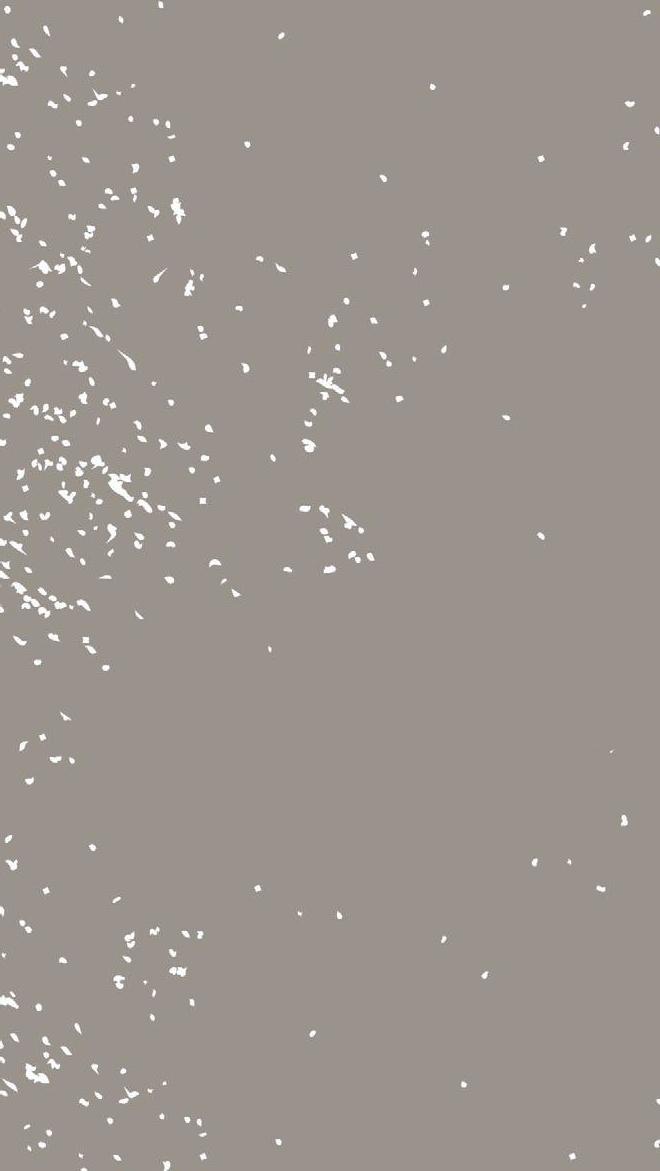
1 minute read
How are natural history collections useful for research? An example
Collections and mammalogy
McLean and others (2016) explored the contribution that natural history collections make towards research. They took mammalogy as an example, and analysed the contribution that museum collections made to research in articles published in the Journal of Mammalogy during 2005–14. They found that mammal collections contributed to research in five broad areas, and that 25% of all articles in the Journal of Mammalogy made use of natural history collections in some way. Their results “demonstrate that natural history collections are critical infrastructure supporting substantial numbers of research publications annually. They also reveal that use of historic specimens in addition to ongoing voucher [specimen] collection remains an integral approach to many research questions in mammalogy”.
Advertisement
The five broad research areas that museum collections supported were:
• Systematics and biogeography, as primary archives of biogeographical data illustrating biodiversity and changes over time
• Genomics, exploring genetic responses to environmental change, for example loss of genetic diversity in Alpine Chipmunks as their range changes in response to climate change
• Morphology and morphometrics, which have numerous applications in systematics and studying biological responses to environmental change
• Stable isotope ecology, which can be used to explore changes in ecology over time, migratory behaviour, and to establish breeding and wintering ranges of a variety of animals
• Parasites and pathogens, helping understand changes in the distribution of parasites and host-switching events in light of environmental change, notably climate change and introductions.
They noted the key importance of the following scientific–curatorial practices:

• Voucher specimen collection is a necessity for ongoing usefulness of collections.
• Specimens need to be curated effectively and preserved in a variety of forms, maintaining connections with ecological and other environmental information as far as possible, notably georeferencing.
• Data need to be well-managed and discoverable, and made widely available through e.g. GBIF, GenBank (genetic),
Morphbank (morphological), ViPr (virological) and TimeMachine (time series).

reference: mclean, BS et al. (2016). Natural history collectionsbased research: progress, promise, and best practices. Journal of Mammalogy 97(1): 287–97.









